Electrical Parts
-
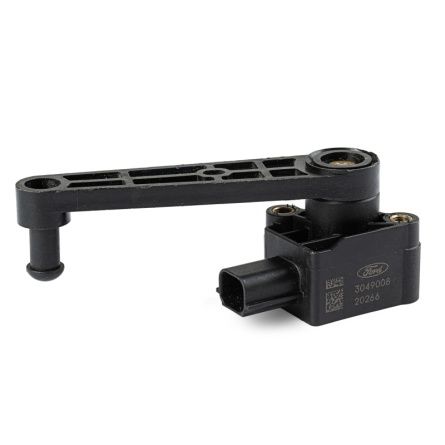
Leveling Sensor
FordLX61-5A967-LD£65.51 £54.59 -
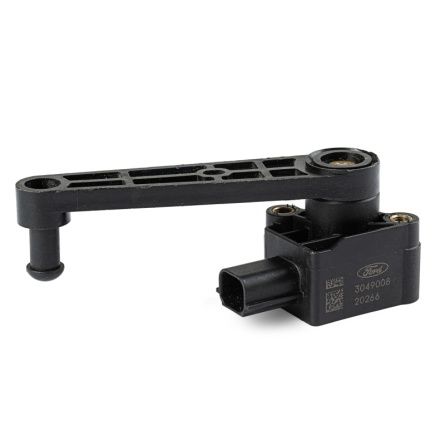
Leveling Sensor
Ford3049008£65.51 £54.59 -
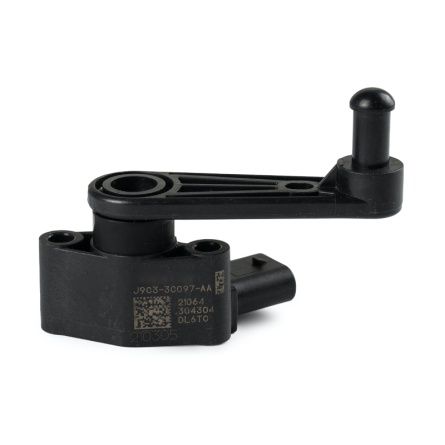
Leveling Sensor
JLRL8A2-3C279-AA£40.94 £34.12 -
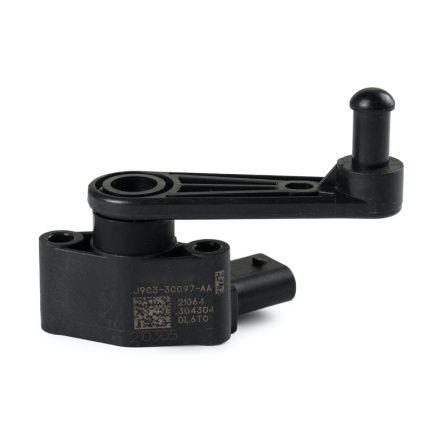
Leveling Sensor
JLRL8A2-3C279-AB£40.94 £34.12 -
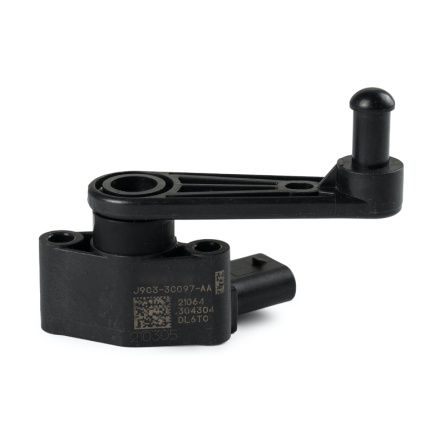
Leveling Sensor
JLRL8A2-3C280-AA£40.94 £34.12 -

Leveling Sensor
JLRL8A2-3C280-AB£40.94 £34.12 -

Leveling Sensor
Land RoverM9R3-3C279-AA£40.94 £34.12 -

Leveling Sensor
Land RoverM9R3-C3279-CA£40.94 £34.12 -
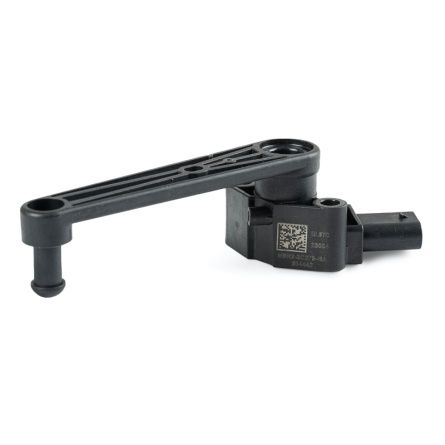
Leveling Sensor
Land RoverM9R3-3C279-CA£40.94 £34.12 -
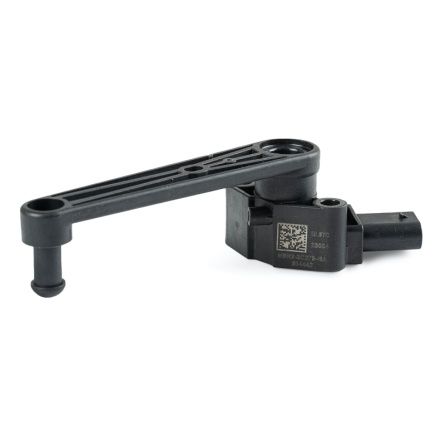
Leveling Sensor
Land RoverLR153354£40.94 £34.12 -
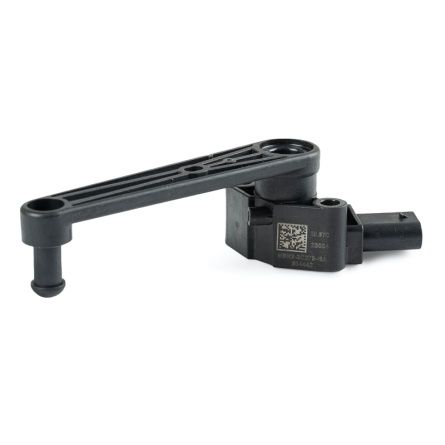
Leveling Sensor
Land RoverLR175622£40.94 £34.12 -
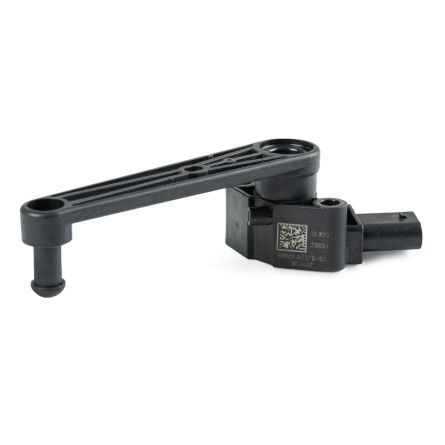
Leveling Sensor
Land RoverLR153357£40.94 £34.12 -

Leveling Sensor
Land RoverM9R3-3C279-AB£40.94 £34.12 -

Leveling Sensor
Land RoverM9R3-3C279-BA£40.94 £34.12 -
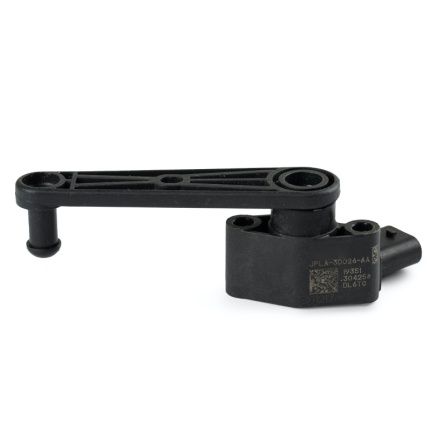
Leveling Sensor
Land RoverJPLA-3D026-BB£40.94 £34.12 -
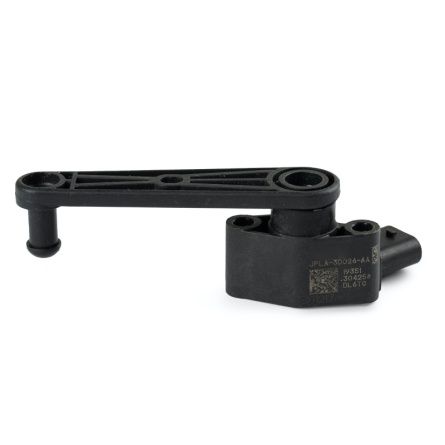
Leveling Sensor
Land RoverJPLA-3D026-BA£40.94 £34.12 -

Leveling Sensor
Land RoverJPLA-3D026-AA£40.94 £34.12 -
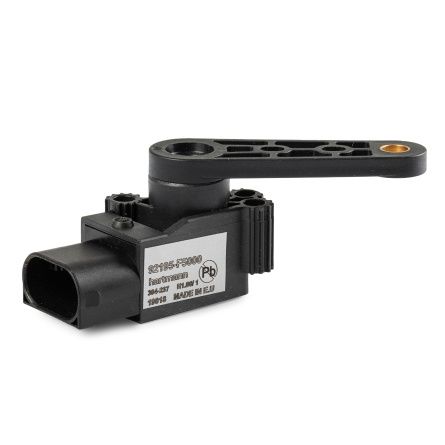
Leveling Sensor
KIA92195-F5000£40.94 £34.12 -

Leveling Sensor
Land RoverLR098915£40.94 £34.12 -
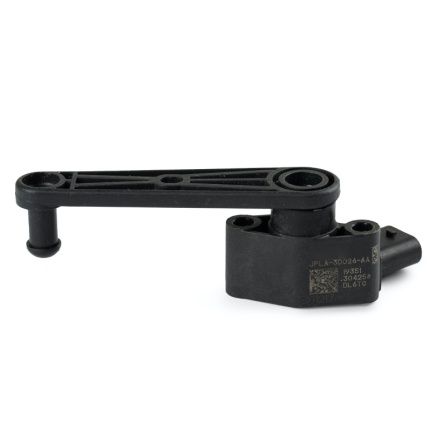
Leveling Sensor
Land RoverLR098914£40.94 £34.12 -
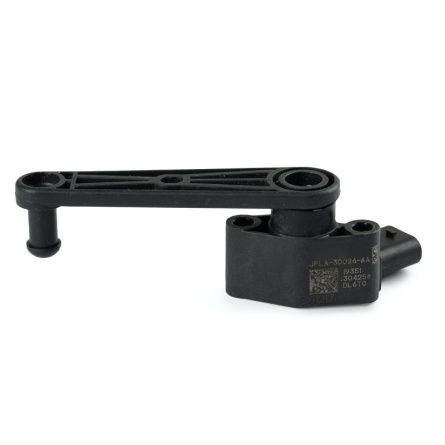
Leveling Sensor
Land RoverM9R3-3C280-AB£40.94 £34.12 -

Leveling Sensor
Land RoverLR153360£40.94 £34.12 -
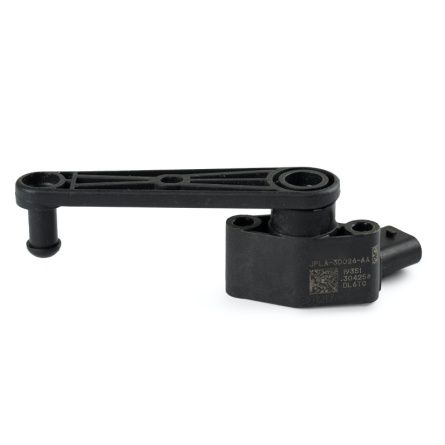
Leveling Sensor
Land RoverM9R3-3C280-AA£40.94 £34.12 -
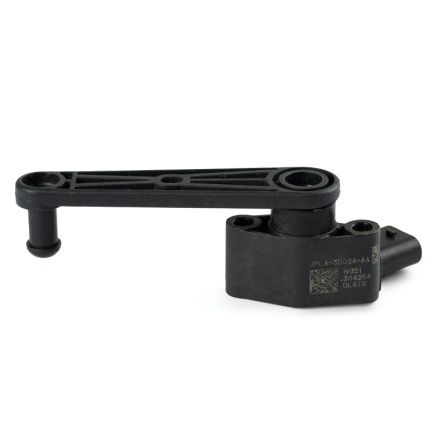
Leveling Sensor
Land RoverLR175623£40.94 £34.12 -
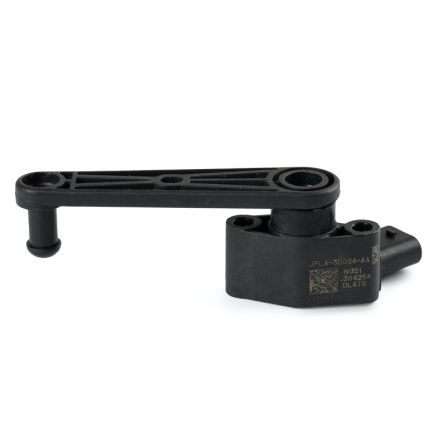
Leveling Sensor
Land RoverJPLA-3D026-AB£40.94 £34.12 -
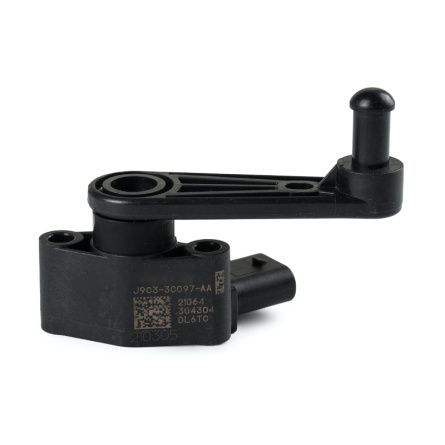
Leveling Sensor
Land RoverLR141768£40.94 £34.12 -

Leveling Sensor
Land RoverLR178369£40.94 £34.12 -
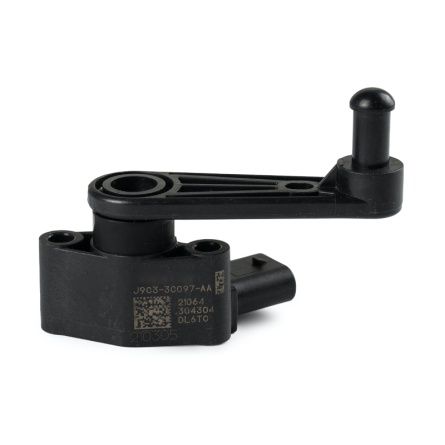
Leveling Sensor
Land RoverLR141762£40.94 £34.12 -
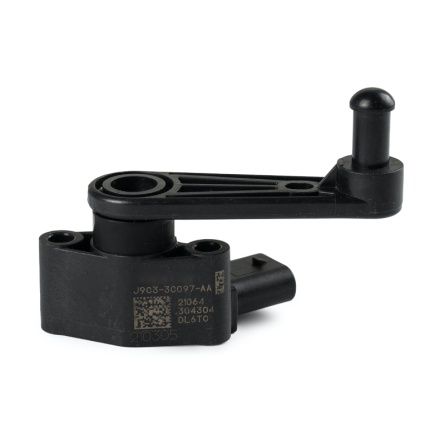
Leveling Sensor
Land RoverLR178371£40.94 £34.12 -
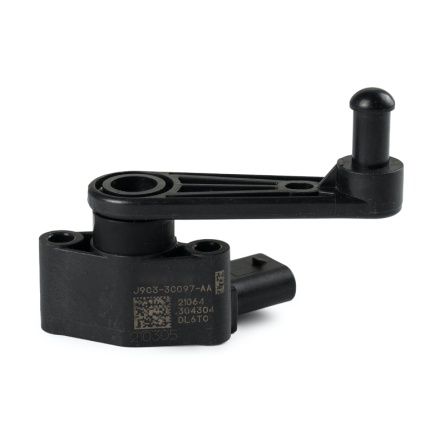
Leveling Sensor
Land RoverR9C3-3C280-AA£40.94 £34.12 -

Leveling Sensor
Land RoverLR114545£40.94 £34.12 -
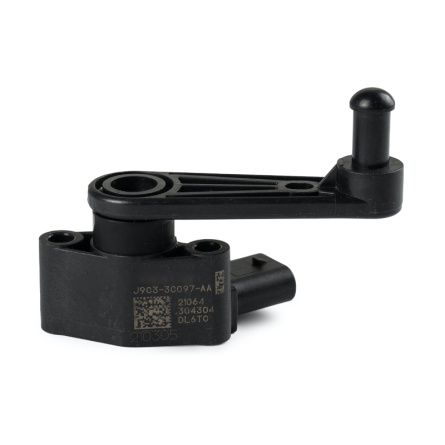
Leveling Sensor
Land RoverLR114543£40.94 £34.12 -
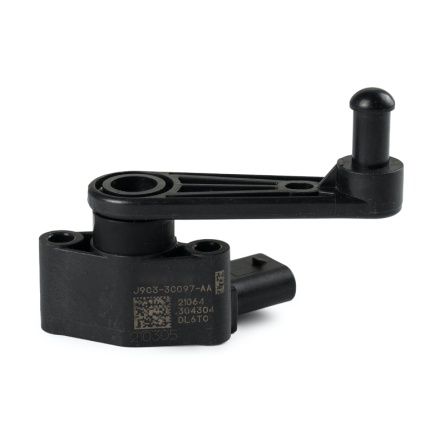
Leveling Sensor
Land RoverR8D2-3C279-AA£40.94 £34.12 -

Leveling Sensor
Land RoverR8D2-3C280-AA£40.94 £34.12 -
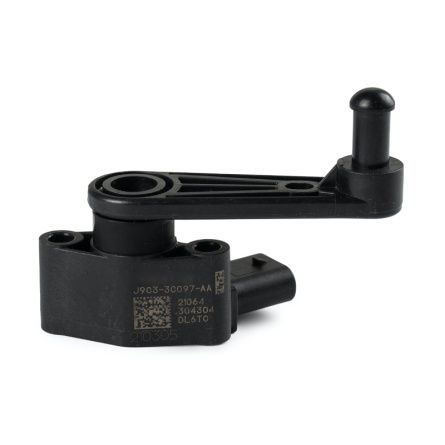
Leveling Sensor
Land RoverLR114546£40.94 £34.12 -
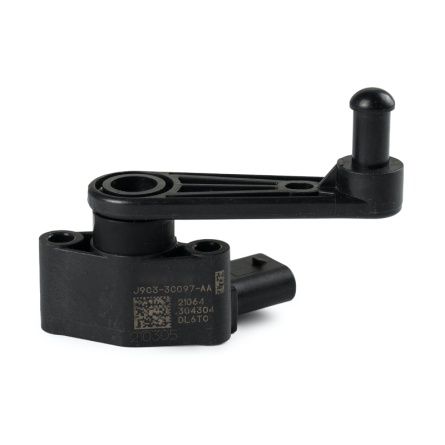
Leveling Sensor
Land RoverJ9C3-3C097-AA£40.94 £34.12
Electrical Parts
Automotive electrics are no longer just an add-on – today they form one of the key pillars of a vehicle’s functionality and comfort. It is the electrical parts that determine whether everyday driving will be convenient, safe, and trouble-free. Lighting, central locking, window regulators, sensors, and control modules all work together, creating a complex network of systems that support both driver and passengers in every situation. The reliable operation of car body electrical parts is not only a matter of comfort but also of safety – from ensuring proper visibility on the road to providing effective protection against theft. That is why it is worth understanding their role and significance before moving on to a detailed overview of individual components.
Overview of Car Body Electrical Parts
The 12 V battery or 48 V in mild-hybrid systems powers the car body electrical parts through fuse boxes and relays, while control and communication take place through CAN, LIN, or Ethernet networks. At the center of this architecture is the Body Control Module, which coordinates most body functions including lighting, central locking, wipers, and comfort features. Wiring harnesses connect all modules and their integrity is critical, as corrosion or vibration damage often leads to failures. Connectors and grounding points must remain clean and secure to avoid random faults. Exterior lighting such as headlights, taillights, and fog lamps, now often LED-based, ensures visibility and active safety, while interior lighting provides comfort and ergonomics. Comfort systems, including window regulators, lock actuators, mirror motors, heated seats, and heated windshields, combine convenience with safety by ensuring visibility and proper operation in all conditions. Wipers, washer pumps, and rain sensors maintain visibility in adverse weather, while locks, alarms, immobilizers, and keyless access systems ensure security. Advanced Driver Assistance Systems such as cameras, radars, and ultrasonic sensors depend on precise power delivery and calibration. Safety modules like airbags, crash sensors, and pretensioners require perfect reliability. Climate comfort relies on blowers, flap actuators, and sensors, while infotainment depends on stable voltage and proper shielding. Even auxiliary systems like TPMS or OBD-II ports are critical to safety and service.
Common Issues with Car Electrical Parts
Because these systems operate under harsh conditions of moisture, vibration, and changing temperature, failures are common. Lighting problems include flickering LEDs or burned-out bulbs, often caused by poor grounding or faulty modules. Central locking systems can fail due to weak batteries, damaged wiring, or defective actuators, leading to erratic operation. Windows may move slowly or stop due to worn motors or broken cables. Wipers and washers often suffer from seized motors or clogged nozzles, while comfort features like heated seats or mirrors fail due to burnt heating mats or damaged switches. Control modules can cause multiple errors when suffering from internal faults, corroded pins, or unstable voltage. ADAS sensors may stop functioning properly when dirty or misaligned, requiring cleaning or calibration. Random electrical issues are often caused by corroded connectors or poor grounding.
Choosing the Right Electrical Parts for Your Vehicle
Selecting the correct components is essential for performance and safety. Compatibility must always come first, as even visually identical parts can differ in wiring or software between vehicle versions. The best method is to cross-reference the VIN with official catalogs and OE numbers, ensuring the part integrates seamlessly with the system. Quality is equally important, as car body electrical parts must endure constant current flow, vibrations, and moisture. Original equipment or OE-certified aftermarket alternatives provide durability and safety, while cheap unbranded items often fail prematurely and create new problems. Trusted suppliers with clear OE and MPN references help buyers avoid errors and ensure they purchase the right part for their car.
Maintenance Tips for Car Electrical Systems
Long-term reliability depends on preventive care. Regular battery and charging system checks are essential, as weak voltage leads to multiple faults. Wiring harnesses and connectors should be cleaned and protected with contact sprays to prevent corrosion. Grounding points must be checked regularly, since poor connections cause random system errors. Lighting systems must be inspected frequently, especially LED units where failures are often module-related. Safety systems such as airbags and ADAS sensors should never be ignored when warning lights appear, and prompt diagnostics is always the best choice. Comfort features like electric windows, HVAC modules, and heated seats should be operated regularly to prevent mechanical or electrical seizing. Above all, only high-quality OE-standard replacement parts should be installed to avoid premature failures.